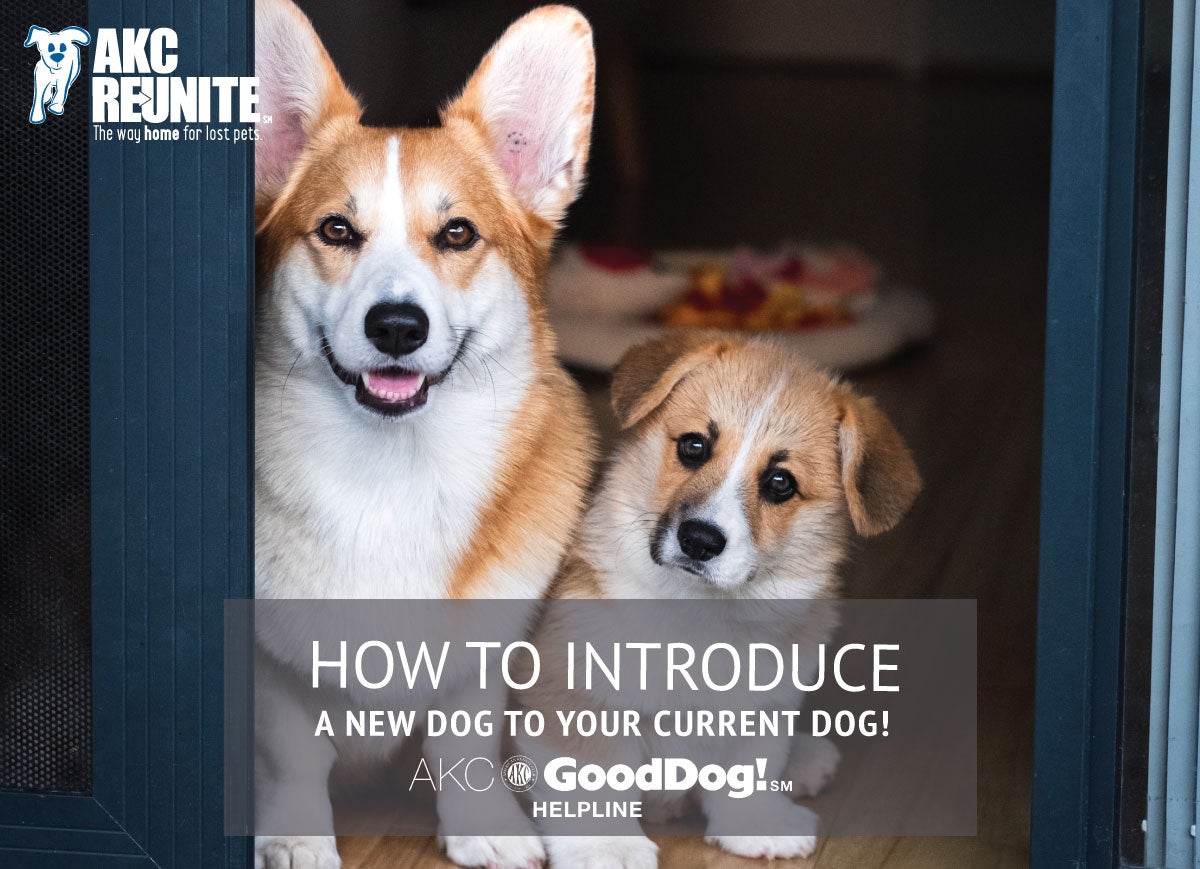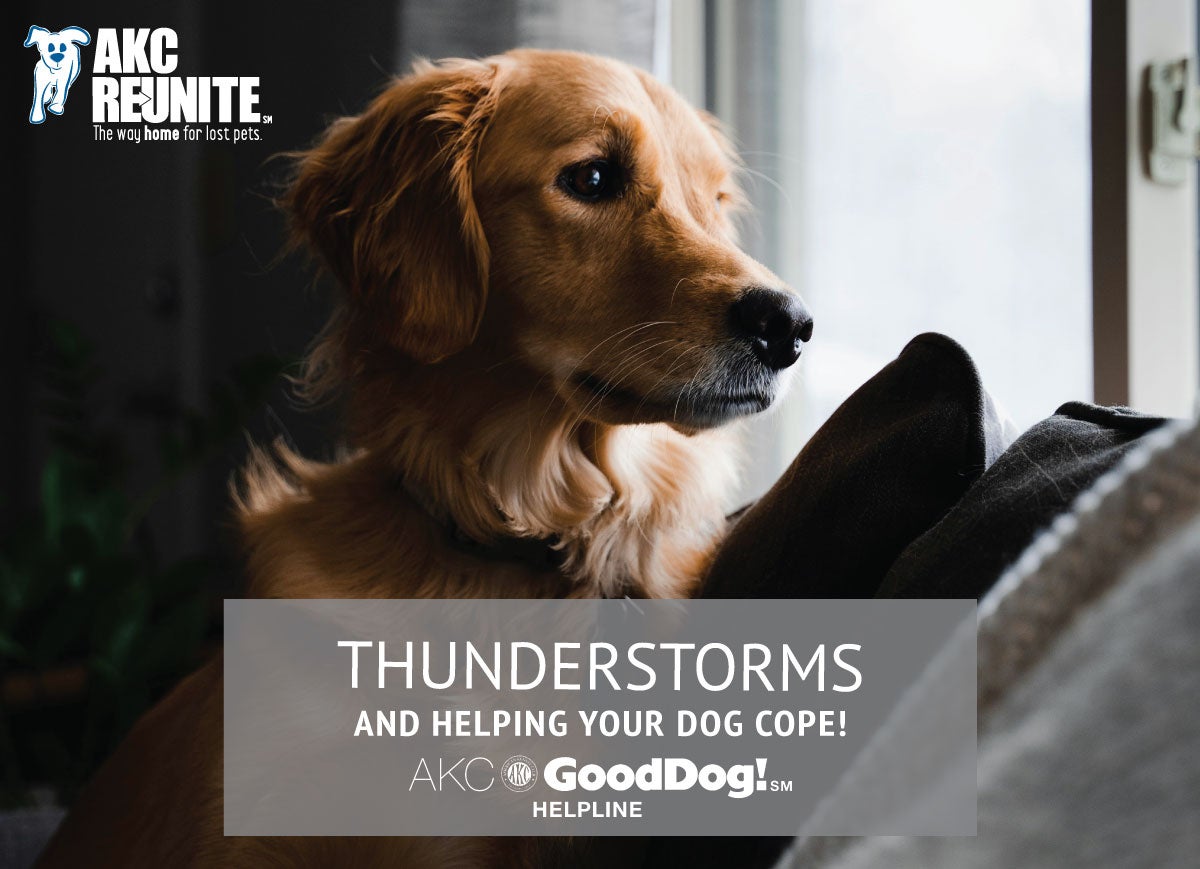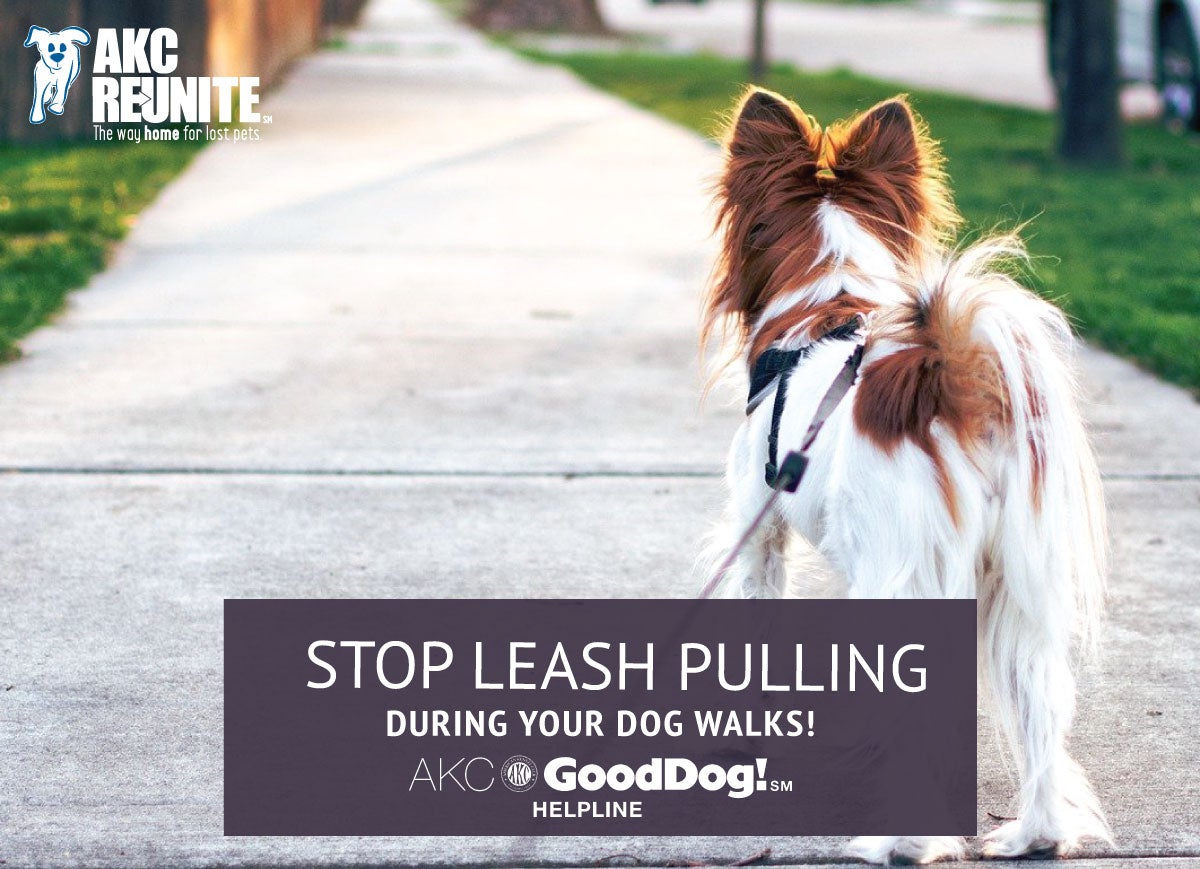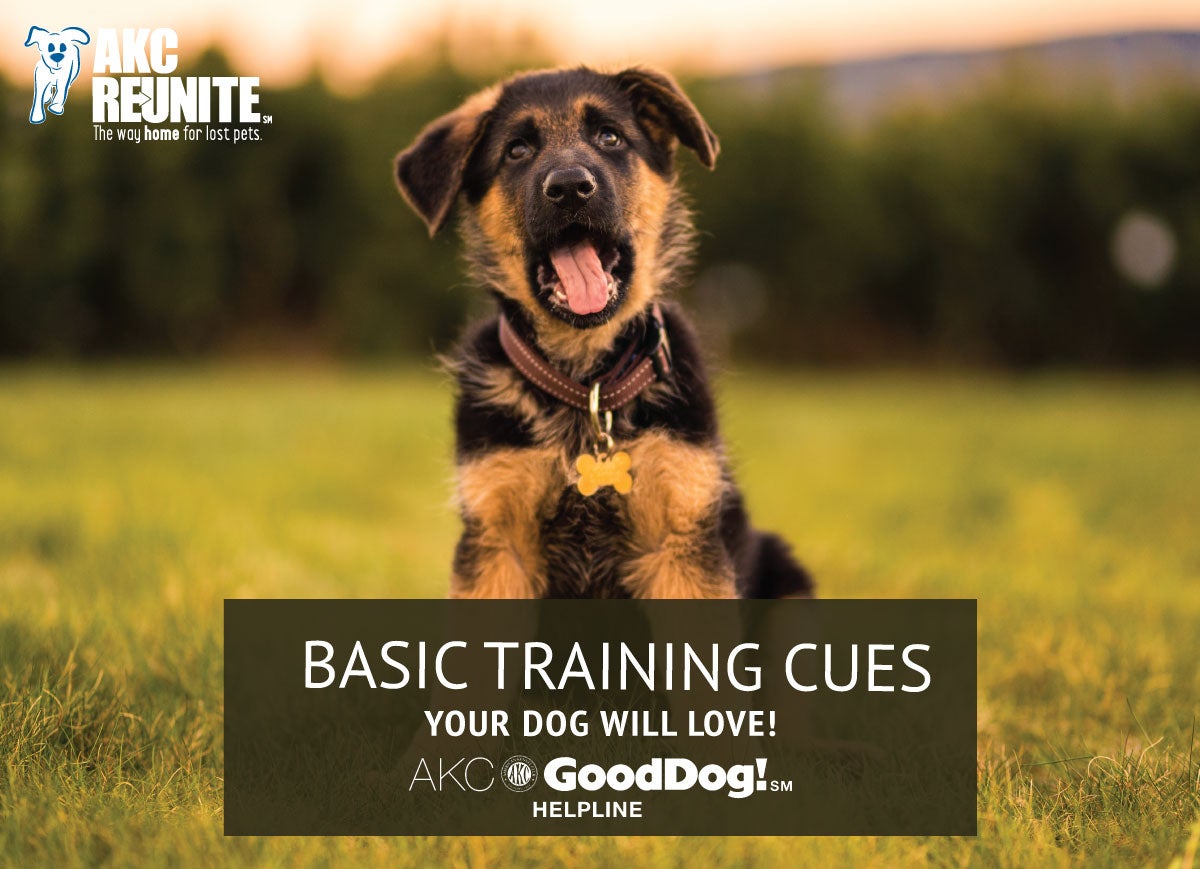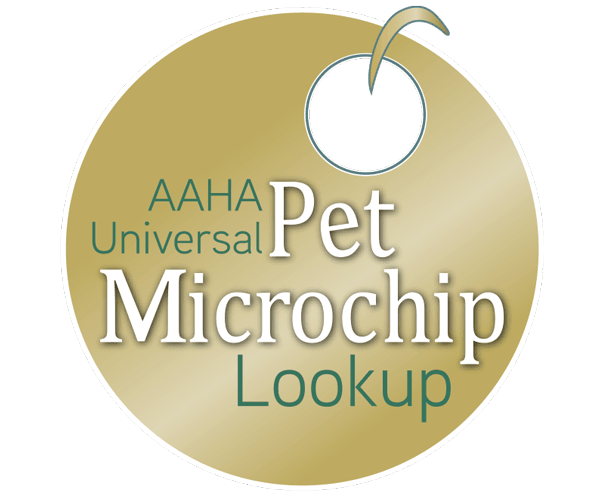How to Introduce a New Dog to Your Current Dog
Brought to you by the AKC GoodDog! Helpline – the AKC’s 7-day-a-week training support service
By: American Kennel Club
Dogs are social animals and while most enjoy the company of others, some dogs’ personalities can clash. That’s why when you introduce a new puppy to your dog already at home, be mindful that it can take time! Proper introductions between canines should not be rushed and are very important to keep the peace at home!
Bringing Home a New Puppy
You finally picked out your new puppy and are ready to bring it home! Everyone is excited for the new addition, but will current dog at home feel the same way? Before bringing in the new addition, prepare your home. A crate, an exercise pen, and baby gates are all very helpful tools and will make life much easier when you need to quickly separate the dogs.
It is important to understand that puppies are still developing their communication skills and they don’t always understand the rules set in place by adult dogs. When they first enter their new home, puppies immediately start looking for someone to play with and when they can’t find another puppy, the adult dog is the next best thing. Your dog may or may not appreciate this! Interactions must be carefully supervised to keep both dogs safe and happy.
Introducing a New Puppy to Your Dog
When it’s time for the dogs to meet, it should be in a neutral place – not inside the established dog’s home! You might take the older dog along when you pick up the puppy, and they can ride home (each in a separate crate) in the car together. When everyone is home, take them out, walk them around on leashes in the front yard, and walk inside together. An unknown puppy barging in the front door can seem like an invasion to even the friendliest, most mellow dog. If taking the older dog along isn’t an option, the dogs should still meet outside of the home and walk in together.
Do not reprimand the adult dog for growling at the puppy. This is how dogs let others know that they are unhappy about something. Growling can let the puppy know that it is time to take a step back from the situation and that is a good lesson for your puppy to learn. This is the way older dogs communicate that a puppy has crossed the line, and it is acceptable as long as the adult dog does not make inappropriate contact and injure the puppy!
To make sure interactions stay safe, supervise all interactions between the dogs. And if you notice that the elder dog is becoming agitated by the puppy, it is time to separate or redirect the puppy to another task before things get out of hand. When you are not able to directly supervise, keep the puppy behind a gate, in an exercise pen, or a crate.
You should also give the elder dog a break from the puppy several times during the day; this can be carried out by crating either dog. Periods of separation during the day can take the pressure off the elder dog and give both dogs much needed breaks. Puppies, while adorable, can be demanding so you want to make sure that the older dog is still getting plenty of one-on-one attention from the family without the new pup horning in.
When you are supervising interactions, reward both dogs for behaving appropriately. Make sure your puppy is getting enough exercise, both mental and physical, so all his attention is not focused on the older dog. A great activity is taking both dogs on a walk. Eventually, with an introduction that has not been rushed, the puppy will develop the communication skills he needs to succeed, and your dogs will be great friends.
For more tips and advice on training your dog, join the AKC GoodDog! Helpline, a seven-day-a-week telephone support service staffed by experienced dog trainers: www.akcgooddoghelpline.org.
RELATED POSTS
Thunderstorm Terror and Helping Your Dog Cope
April showers might come with thunder, and while most dogs aren’t fazed by it, some are very afraid.
Stop the Leash Pulling on Walks
Does your dog’s relentless tugging make it impossible to enjoy a walk? Poor leash manners are one of the most common issues that AKC GoodDog Helpline trainers are asked about. But don’t despair; there are ways you can make it better.
Basic Training Cues Your Dog Will Love
A good relationship with your puppy doesn’t just happen overnight, but it’s easy to build one with simple cues and positive reinforcement training!
